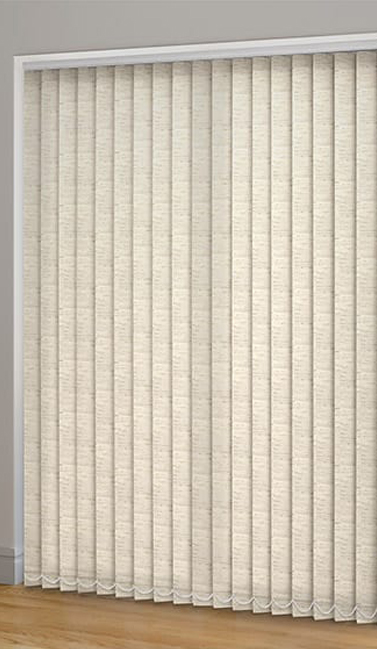Window Weather Stripping To Lower Your Heating Bills
All those leaky spots around windows are notoriously big problems in locations with cold winters and humid summers, and they can lead to bigger problems. Even before adding insulation to your house, the most important step in making your house more comfortable is controlling air movement. The principle is pretty simple: plug up the holes in your house. Since doors and windows are the biggest holes in a home, weather-stripping is where your efforts should begin.
Double-hung windows have two sashes that move up and down. Leaks can happen around the sides, where the sashes meet each other and where they hit the sill. However, a wet hand can work, since it makes it easier to feel a slight draft, especially if you turn on bath fans and the kitchen hood to depressurize the house. You can also move an incense stick around the edge of your windows and watch for the smoke to waver. The copper strip above will work for the sash-sill and sash-sash contact; the nylon brush type is good for where the sashes slide against the jamb. Once you've upgraded the weather stripping on your windows, consider adding storm windows to the exterior if you have single-pane windows.
Mounting shades as close to the glass as possible and right up against the adjacent wall creates a tight seal that minimizes both heat gain and loss. Shades with dual layers of fabric, a light color on one side and a darker color on the other, add more functionality. Try reversing the shades based on the season; the light color will reflect heat in summer, while the dark color will absorb heat during winter. Exterior blinds are also potentially even more effective than interior blinds. Unlike interior blinds, they block heat before it is transmitted through the window and warms up the room. They are tricky to add to an existing window, however, so are best left for new construction.
If you have any questions please call us at (954) 398 3676 to speak with a specialist.













